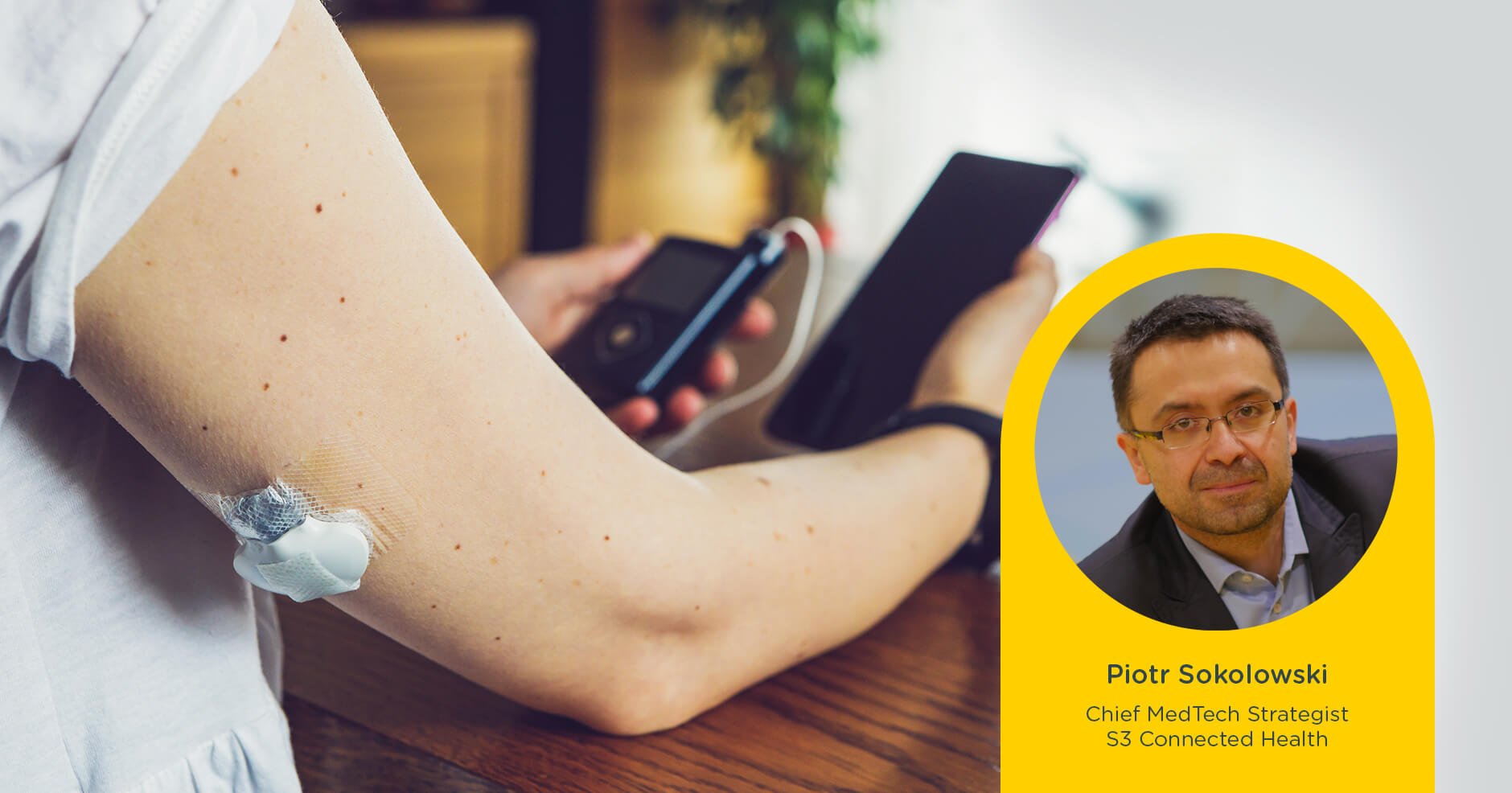So you have a promising prototype of a breakthrough patient device, now what?
The best, quickest, and most cost-effective way to transform your prototype or early product into an improved, second-generation device is to work with a specialist partner firm with a successful track record in medical devices and digital health.
While many early-stage companies conceive of breakthrough, innovative devices, they often lack the specific design, technical, and regulatory skills to develop devices to full potential and bring them through approval and onto the market.
No matter the medical device, there will be room for targeted and iterative improvements. These will help boost engagement, improve patient outcomes, and secure the all-important next phase of funding for newer companies.
Finding the balance between what must be improved and what can be improved
Advancing a core product is top priority for any start-up or scale-up company. Prototypes and early devices often carry significant technology and regulatory debt that needs to be resolved before the device is ready for clinical trials, regulatory submission, and ultimate market launch.
A device requires hardware and software improvements to increase performance, robustness, and usability, as well as lower Bill-of-Material (BOM) and manufacturing costs. On the regulatory front, the development process also needs to follow strict requirements around traceability and risk management.
All of these activities must be carried out in line with the phased funding rounds early-stage companies operate within. This means not everything can and should be done in one go.
Finding the right balance between what must be done and what could be done can be tricky. But a seasoned expert firm will understand these trade-offs and will be able to reliably estimate the effort and cost related to bridging this gap in a staged approach.
Based on their experience, an expert partner will prepare a holistic assessment, or gap assessment, of the regulatory, quality, and technical readiness of the product, together with a realistic path — in other words, a development plan — to regulatory submission and market launch. This will see a minimum viable product (MVP) on the market quickly and leave scope to improve that device in stages as funding and real-world feedback comes in.
Here’s what the gap assessment process typically involves:
Regulatory assessment
This may include establishing device classification and a general regulatory strategy or development plan. That said, an effective regulatory assessment means developing the product and relevant documentation in line with known requirements, mapping out the necessary steps, identifying the deliverables, how they should be worked on, and via which tools.
Quality assessment
Ensuring quality at every step encompasses a series of activities: planning test strategies, writing effective test protocols, understanding where and how to automate testing, including testing throughout the integration process, and testing systems after any modifications.
Technical assessment
This entails testing the system against previously codified requirements as well as extending test coverage to make sure critical non-functional aspects are verified — cybersecurity, performance under load, usability, and more.
In parallel, to ensure a smooth, fast path to market for the product, the development plan will outline:
- Finalized regulatory position for the device along with the necessary regulatory tasks.
- Product versions mapped onto project phases, each showing what value will be delivered by every product version, matched with corresponding timelines, cost and effort.
- Readiness levels for external check-points such as user studies, clinical trials, regulatory submission, and market releases.
- Mechanisms to capture feedback from the market and leverage it for product roadmap planning, including post-launch activities.
Why connectivity is key
While this essential development is underway, it’s time to future-proof your device by adding connectivity.
Connecting your medical device during development significantly facilitates adding digital health components, either immediately or in time, that will unlock the full potential of your product. It will enable the collection of data to improve the device, therapy, and patient experience as well as making your product more usable for patients and care teams, and more attractive in the market to consumers and investors.
Adding connectivity can result in lower production costs for wearables, for instance, as the functions previously performed on the device itself can be performed on a smartphone or in the cloud, allowing you to remove expensive and superfluous data processing, storage, or UI elements.
Moreover, digital health components turn standalone devices into innovative, truly interconnected tools that provide more holistic insights on patient health and stand out from the competition. This also empowers companies to evolve past being simply device suppliers, expand their value proposition and unlock new revenue streams as their first device gains momentum.
Case study: NightBalance Lunoa
At S3 Connected Health, we’ve partnered with a range of device creators to help them realize the full potential of their products.
One example is NightBalance Lunoa, a compact, mask-free treatment for positional obstructive sleep apnea (POSA). The palm-sized sensor is worn across the chest and delivers gentle vibrations to prompt patients to change position without disturbing their sleep.
While the device was meeting its functional requirements, there was plenty of room for improvement; it still required docking to upload locally collected data, among other inconveniences. We eliminated the need for docking by adding connectivity to the device and developing a mobile app for patients. Automating data gathering through the app not only improved the user experience and allowed for improved functionality, but reduced BOM cost by removing the expensive device components.
These changes have maximized the effectiveness of the tool: data can now be uploaded wirelessly directly from a mobile app, which also displays therapy progress and sleep data, allowing patients and physicians to easily track progress. The app also facilitates over-the-air firmware updates, while a new web portal now ensures secure consent.
As a result, the device has successfully passed through classification in the USA, Europe, and Australasia, and can now be prescribed by physicians to patients with POSA. In fact, adherence with NightBalance is significantly higher than PAP therapy in patients diagnosed with positional OSA.
Fast-track your path to market with an experienced partner
Developing a second-generation medical device can be complex. But you don’t need to go it alone.
By working with a specialist provider with experience in the field, you can avoid most of the pitfalls and mistakes that crop up during the device creation process, making it faster and more cost-effective than going without. Moreover, choosing a partner with experience that spans pre and post-launch development of devices and digital health solutions makes for a more cost-effective, more beneficial, and easier to manage process than any other option.
That results in a smoother path to market for your product, and guarantees patients get the care they need, sooner.
Piotr Sokolowski
Chief Medtech Strategist
S3 Connected Health


